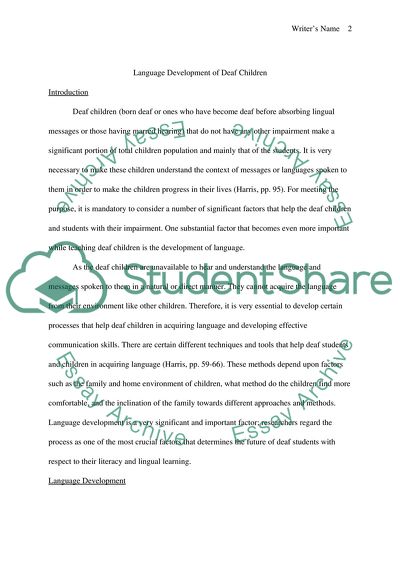Cite this document
(Language Development of Deaf Children Coursework, n.d.)
Language Development of Deaf Children Coursework. https://studentshare.org/education/1732166-language-development-of-deaf-children
Language Development of Deaf Children Coursework. https://studentshare.org/education/1732166-language-development-of-deaf-children
(Language Development of Deaf Children Coursework)
Language Development of Deaf Children Coursework. https://studentshare.org/education/1732166-language-development-of-deaf-children.
Language Development of Deaf Children Coursework. https://studentshare.org/education/1732166-language-development-of-deaf-children.
“Language Development of Deaf Children Coursework”. https://studentshare.org/education/1732166-language-development-of-deaf-children.


